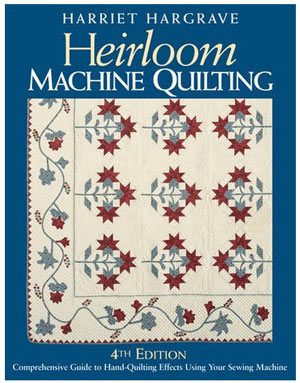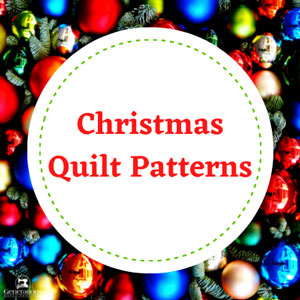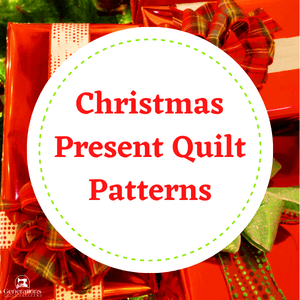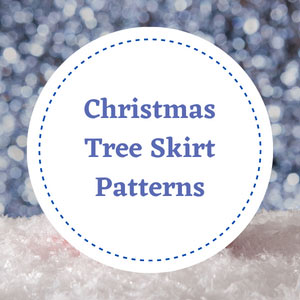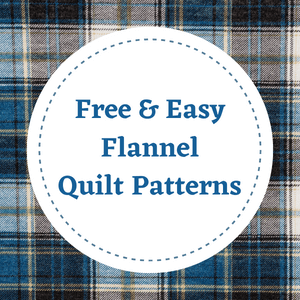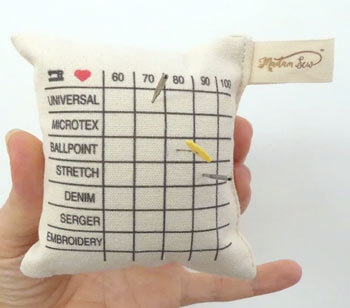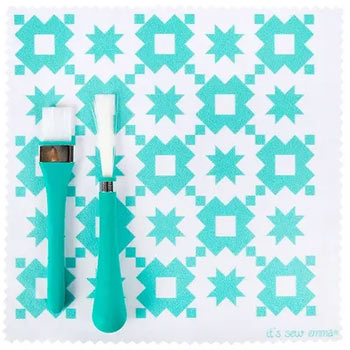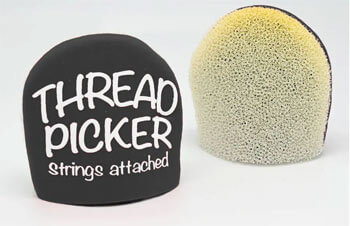- Home
- Machine Quilting 101
Beginning Quilting 101
Machine Quilting Instructions for the Beginning Quilter
This post contains affiliate links, for which I receive compensation.
Welcome to Beginning Quilting 101!
You've arrived at the place to learn how to quilt your quilts on your domestic sewing machine.
Are you a true beginning quilter...
...and have never quilted before?
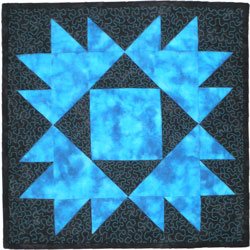
Follow the topics in the order they are presented. This information is taken directly from my Beginning Machine Quilting classes that I teach locally here in Illinois.
Only the information that is necessary to quilt your first quilt is included.
Quilted before?
Or just need a refresher?
Then use the Table of Contents below to choose your subject.
You Learn Best When You Learn Why
My philosophy of teaching is that you, the student, learn best when you know 'why' something is done or chosen.
And when you know 'why', then when you're having a problem, even if it's midnight, you'll have the skills to figure it out for yourself.
Begin at the Beginning
A traditional quilt is made of three layers: the quilt top, which you've pieced or appliqued, the batting, and the backing. Quilting is the stitching that holds the layers of a quilt together. Its not a quilt until its quilted!
Traditionally cotton was used for all three layers and for the quilting thread. But today it would seem that anything goes. I've even seen a quilt made out of pop cans. Who knew?
But for your beginning quilts I suggest using only cotton fabrics and batting.
Cotton fabric tends to "stick" to a cotton batting. Since the fabric doesn't slide there is less chance to quilt tucks into your backing. It makes this combination easiest to quilt.
Polyester fibers are a bit more slippery than cotton and have the tendency to slide over each other, making them a bit trickier to quilt.
You CAN quilt on your domestic sewing machine
If all you'd seen were today's quilting magazines you might not think you could quilt on your domestic sewing machine.
Open one.
You're immediately bombarded with advertisements touting mid- and long-arm quilting machines.
While these are beautiful machines and enticing, the purpose of Beginning Quilting 101 is to teach you to quilt on your domestic sewing machine.
[For more information on the features found on 'the best sewing machine for quilting', click here.]
All the Generations Quilt Patterns shown on this site were stitched on a Viking—either a D1 or SE.
Your attitude is SO important for Beginning Quilting
An old Irish proverb says..."You'll never plow a field by turning it over in your mind."
Quilting's like that!
Machine quilting is a skill that improves with practice.
No practice means no skill confidence, and no finished quilt.
- Be realistic with your beginning projects. You have seen that gal with her first quilt at your Guild's Show and Tell. She proudly holds it up and rightly so. She quilted it herself on her own home sewing machine. Excellent! But she exclaims for all to hear..."I hated quilting it!" But its no wonder. As my good buddy Cathy says...“the quilt was the size of Egypt”. By choosing smaller projects, you'll be improving your quilting skills and not your "wrestling".
- Don't be so critical of your work. Choose projects that have an everyday use. Table runners and placemats are wonderful. They are small...already a good thing because they are “finish-able”. Because you have them out to use, you get comfortable with seeing your own work. We quilters incessantly point out the flaws in our work. Concentrate on what you did well. Quite simply, be proud that you finished a quilt. That's an achievement!
- Enjoy the process! It feels good to see your improvement with each project you complete. It's comforting to have something that stays done when you're finished.
Ready? Let's move on to using your domestic sewing machine for quilting.
Table of Contents
for Beginning Machine Quilting 101
Introduction
Beginning Quilting 101: Quilting Instructions for the Beginner





